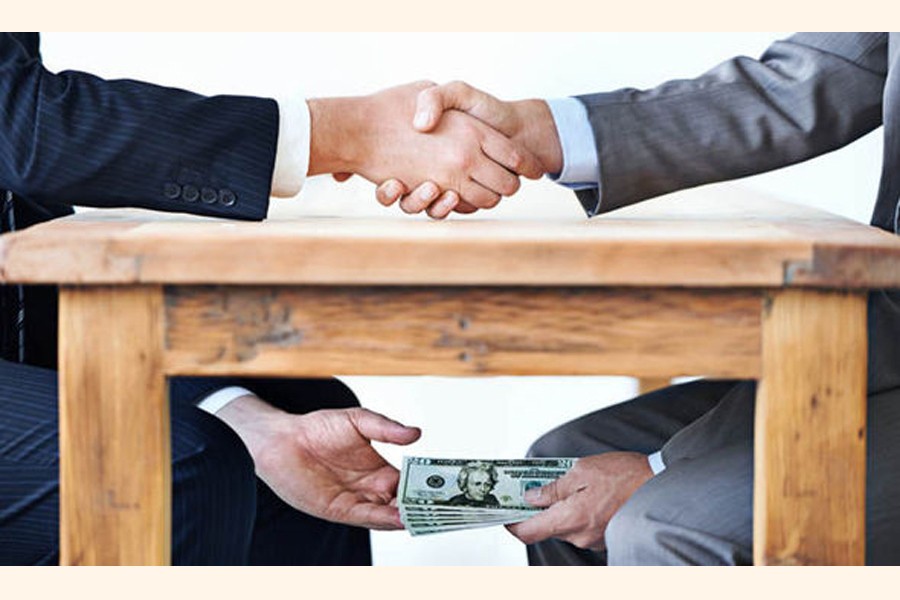The imported tag on the tub-like plastic container of a kilogram of honey declares that its maximum price is Tk 650. Imported from China, the Husein company's honey is imported by a local trading agency -perhaps the only importer to do so. Now it is intriguing to see that a grocer at Mohammadpur Krishi Market sells the honey at Tk 630 but the super shop in its neighbourhood just an earshot away, the price tag displays the price at Tk 715 for the same brand.
What is even more intriguing is that a consumer has to pay VAT amounting to Tk 36 on top of the displayed price. But when the grocer sells the same, he accepts Tk 20-30 less than the price tag pasted on the container. Now the question is, how much should the price difference of a product and the profit on it should be? Sure enough, the grocer does not sell the honey without profit. Clearly, here is a price difference of Tk 75 in the first place and then a consumer pays VAT and has to part with Tk 111 in excess for just a kilogram of honey.
The market here is unreasonably in favour of the sellers, barring of course primary growers at the grassroots level. So far as trading practices are concerned, the mentality of monopoly hold drives manufacturers and traders to capture the domestic market. In international market, though, they are powerless to do so because of stiff competition and rules and regulations binding global business transactions.
Not only do the local businesspeople take undue advantage of the market under no active monitoring, but also the multinationals go about the business of dictating terms. Their ploy of raising prices follows patterns not approved by governments elsewhere. First, they release a product in the market at a low -and perhaps reasonable -price. They wait until the product becomes quite popular among consumers and then suddenly raise price by Tk 5.0 or 10. Again they wait and see. When they think that the consumers have absorbed the shock, they go for another price rise. At times the prices are raised within a few months. When a series of such prices rises has been effected, it is seen that the latest price has doubled or gone even beyond such a limit.
Usually the consumer items considered most essential in middle class or upper middle class households are targeted for such outrageous price escalation. People of these classes cannot compromise on quality of products, they have to stick to brands they consider good and also do justice to their social status. Prices of certain items within a year or two thus gallop at a pace to perch on a summit that defies logic and norms.
Local companies, on the other hand, used to adopt even more bizarre practices. They used to bring out a fairly good product in the market but once it became favourite with its consumers, they suddenly compromised on quality. Thus they marketed a substandard product and still raised prices. The good news is that this practice has become a thing of the past with competition among local companies growing. New players are appearing on the scene to trump on the established ones and thus product varieties are increasing and qualities are improving.
In the context of business here what is most unacceptable is the dishonest practices resorted to by manufacturers particularly those involved with producing food items. Adulteration of foods or food safety is a measure of the living standard of the people. How many nations are there on this planet which have to deal with spurious medicine? Outrageous profit and unearned income have prompted traders and manufacturers to go for dishonest practices. Society is paying a heavy price for this.


